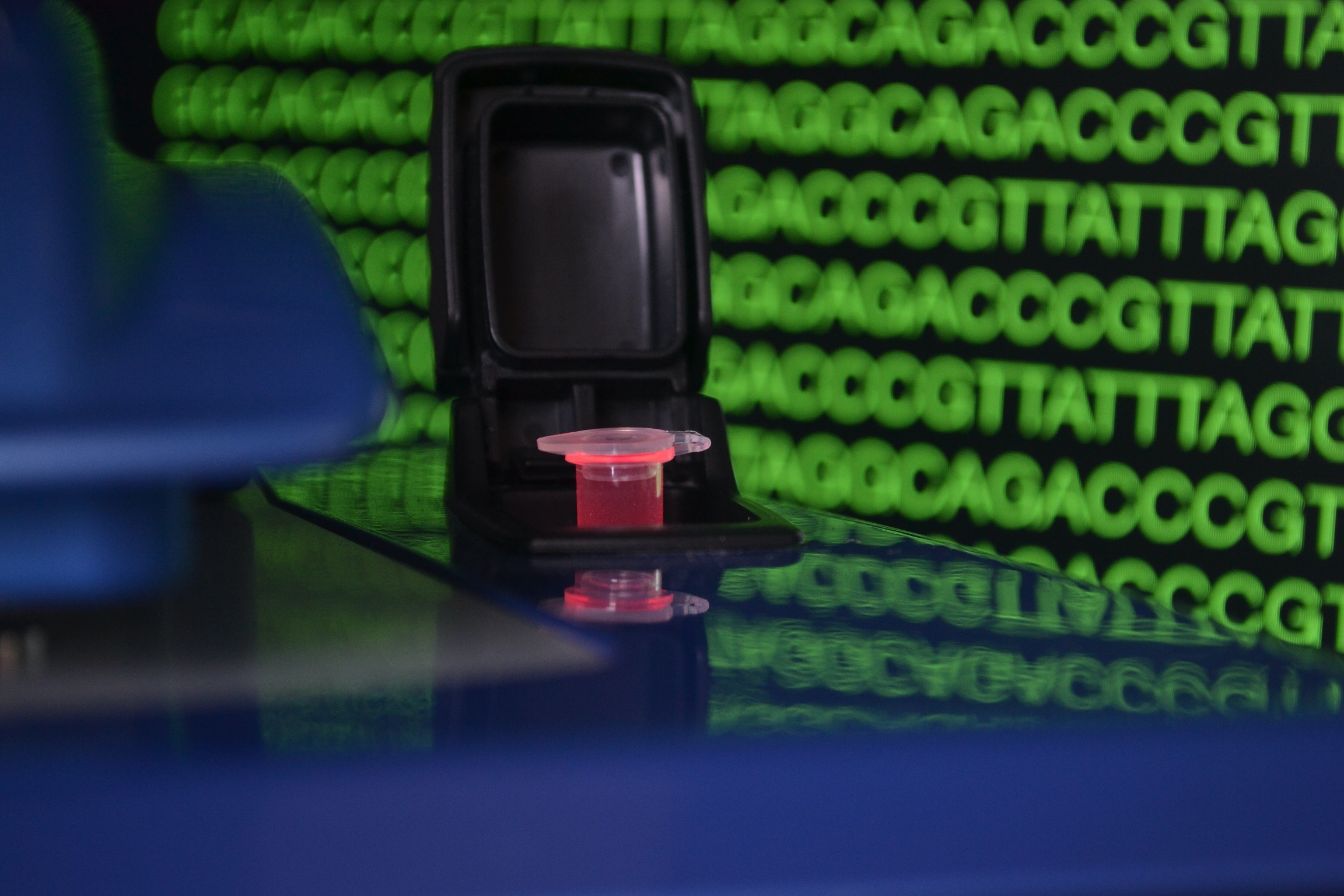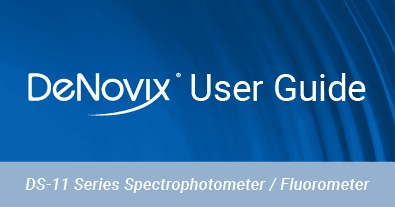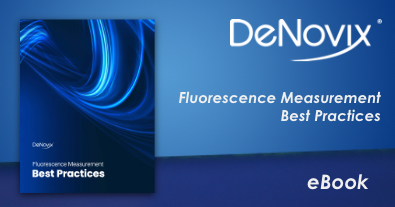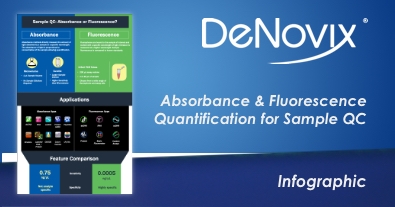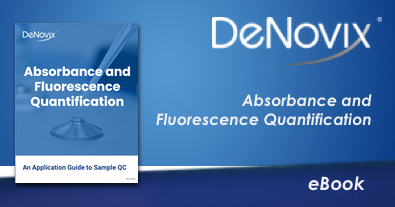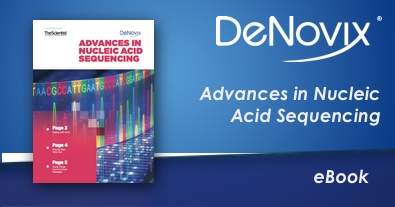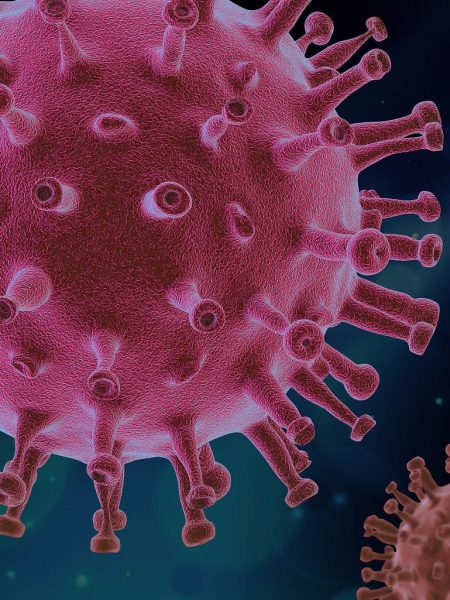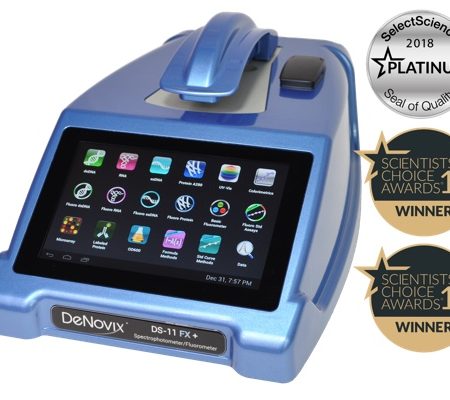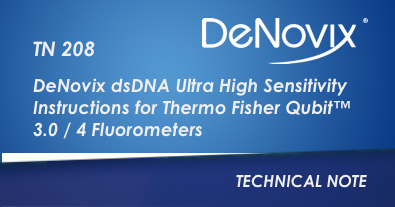Fluorometers are used for precise quantitation of biological molecules including nucleic acids and proteins in microliter (μl) samples.
User Guide for the DS-11 Series Spectrophotometer / Fluorometer.
Whether you're curious about optimizing sample prep or LED selection, check out this resource on the best practices for fluorescence measurement.
Absorbance and fluorescence are unique but complementary methods for assessing concentration and sample QC. Download this free infographic.
In this eBook, you’ll find resources that discuss the advantages of each method and when to employ Absorbance, Fluorescence or both.
Download this eBook to learn how developments in nucleic acid sequencing are enabling researchers to explore genetic complexity at a new level of detail.
The DeNovix DS-11 compact spectrophotometer has been used to prepare SARS-CoV-2 standards in a pioneering diagnostic study.
Several methods exist for RNA and DNA quantification, and not all of them were created equally. So, how should you choose the best technique?
Alternatives to Thermo Fisher NanoDrop™ DNA quantification spectrophotometers include the DS-11 from DeNovix. Read on for more details.
The DeNovix dsDNA Ultra High Sensitivity Assay enables the accurate detection of purified double-stranded DNA (dsDNA) samples with a standard detection range of 0.5 pg – 300 pg total mass in 200 µL volumes and is compatible with a range of fluorometers and microplate readers.

